Known as the Tree fuchsia, because of the shape and colour of its flowers, this plant is adaptable, and can be a multi-stemmed shrub or a huge evergreen tree, depending on its growing conditions.
In evergreen forests it can grow as tall as 20 metres, but in less sheltered conditions such as grasslands and even gardens, it is more likely to be anything from a shrubby two metres to a more tree-like five metres tall. The bark on the main stems is grey-brown and can be grooved or flaky.
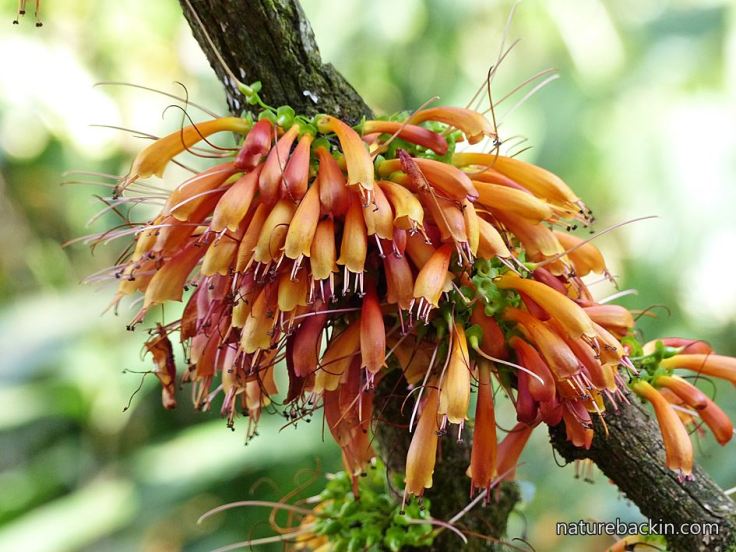
Its most noticeable feature is its orange, nectar-rich, almost tubular flowers, which are abundant from autumn through to early spring. An unusual characteristic is that the flowers grow in clusters directly from the stems and trunks.
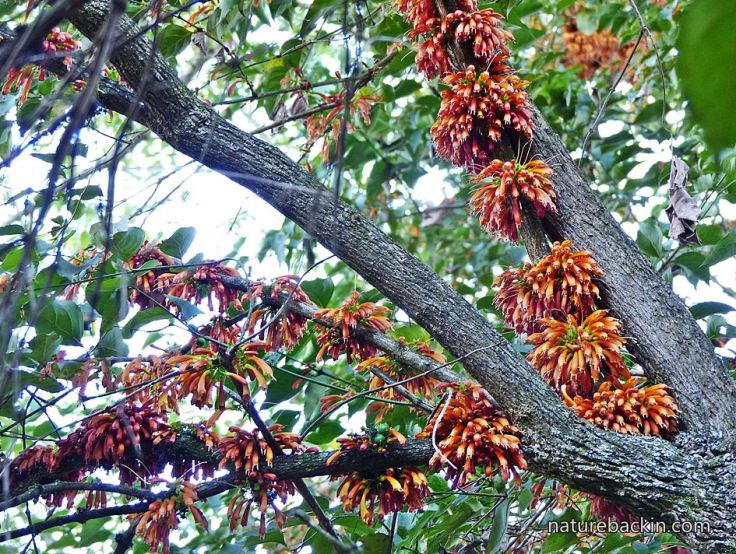
Although the flowers are the most striking feature of the plant, the lucida part of its name refers to the leaves, meaning ‘shiny’ as the leaves are glossy. However, this glossiness seems to be present in new growth, and at this dry time of the year the winter leaves are actually fairly dull. The genus Halleria was named by Linnaeus in honour of the Swiss-born physiologist and botanist Albrecht von Haller (1708-77).
The flowers, laden with nectar, attract many birds as well as insects, most noticeably honeybees. The insects in turn attract insect-eating birds. The flowers yield fruits that resemble berries and these are eaten by many birds as well as by monkeys and other animals.
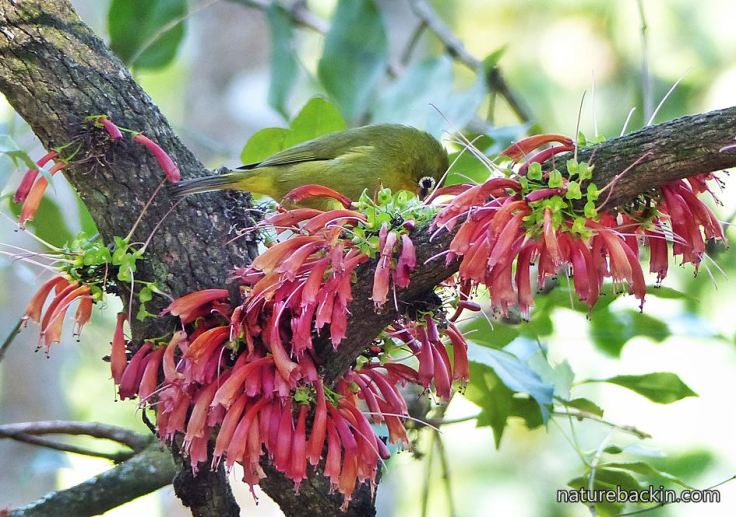
A Cape White-eye seeking nectar from the flowers of the Tree Fuchsia
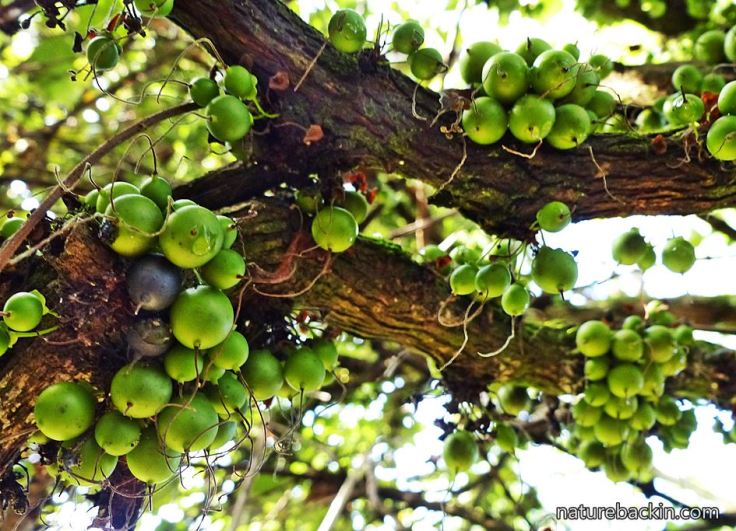
The green fruit of Halleria Lucida ripens to a glossy black. Birds and animals appear to eat both the green and ripe fruit. The fruits do not ripen all at the same time and, like the flowers, provide food over a period of several months

A Black-headed Oriole attracted to one of the trees in our garden that is bearing flowers and fruit simultaneously
The wood of the Tree Fuchsia is hard, and has been used to make tools and spear shafts and it can be used as the turning stick to make fires by friction. In traditional medicine, an infusion made from the leaves and roots has been used to treat earache.

When in flower, the Halleria lucida trees in our garden attract so many honeybees that the constant buzzing sound of bees collecting pollen and nectar is quite amazing
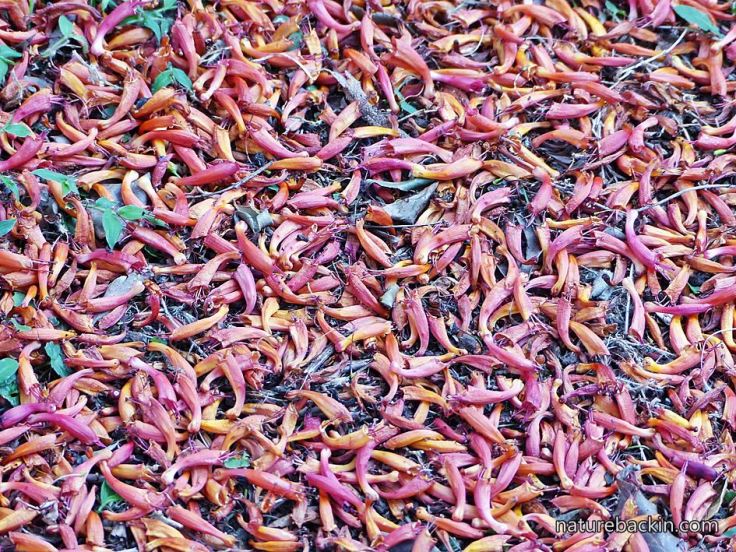
The flowers of the Tree Fuchsia fall to form a dense and colourful carpet

The naturally arranged bunches of flowers on the stems resemble posies
It seems that almost every plant or bird or creature that I feature on this blog I manage to describe as a favourite! In the case of the Tree Fuchsia, I am definitely not alone, as it is a favourite of many – people, birds, insects, monkeys and many other creatures too.
Sources: Joffe, Pitta. 2001. Creative Gardening with Indigenous Plants: A South African Guide. Pretoria: Briza; Pooley, Elsa. 1997. The Complete Field Guide to Trees of Natal, Zululand and Transkei. Durban: Natal Flora Publications Trust; Venter, Fanie and Julye-Ann. 1996. Making the Most of Indigenous Trees. Pretoria: Briza.
Posted by Carol






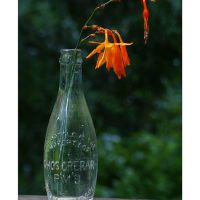
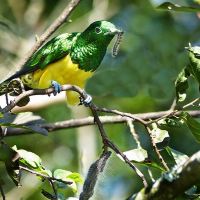
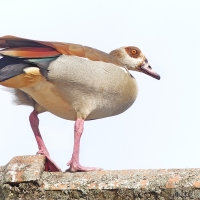
July 5, 2017 at 8:15 pm
How curious! Like honeysuckle blossoms straight from a tree trunk. We have the Baltimore oriole here, of course (along with a major league baseball team named in its honor), but your black-headed oriole is much more striking. Thank you for sharing your world!
LikeLiked by 1 person
July 6, 2017 at 6:40 pm
Thanks so much. Yes that form of flowering is curious. I have heard of the Baltimore oriole (and even the baseball team!) and I have even listened to a doo-wop group of the same name – I discovered them when I was writing a piece about “our” oriole – also a good singer 🙂
LikeLike
July 7, 2017 at 12:15 pm
That’s right! There was a group of that name, wasn’t there? I’d forgotten that.
LikeLiked by 1 person
July 7, 2017 at 12:31 pm
Back in the day! I am thinking, I need to check out Baltimore and Maryland (I think?) on the map. The US is so vast and sprawling I am sometimes surprised to find out where places actually are 🙂 Will also look out for the Monocacy River as I have not done that yet.
LikeLike
July 7, 2017 at 12:33 pm
Yes, Maryland…and the Monocacy isn’t too far from Baltimore, either!
LikeLiked by 1 person
June 28, 2017 at 7:22 pm
I host a Linky party for garden/gardening posts…
https://oldhouseintheshires.com/2017/06/28/mygloriousgardens-week-4-lets-link-up/
Fancy joining in?
LikeLike
June 24, 2017 at 1:55 am
What a great tree – there aren’t many that flower on the trunk like that.
LikeLiked by 1 person
June 24, 2017 at 6:09 am
I have not seen other plants with this unusual characteristic.
LikeLike
June 24, 2017 at 4:43 pm
Chocolate (Cacao) and Eastern Redbud (Cercis) do … there may be others.
LikeLiked by 1 person
June 24, 2017 at 7:09 pm
Oh thanks Eliza. I have just checked these out – they are lovely!
LikeLiked by 1 person
June 23, 2017 at 5:41 am
What a wonderful tree. And restaurant to so many animals birds and insects too.
LikeLiked by 1 person
June 23, 2017 at 2:50 pm
Thanks Margaret. It is a lovely tree that provides a lot of enjoyment as well as food.
LikeLiked by 1 person
June 23, 2017 at 5:33 am
What a blessing to have such a tree in your garden! Your illustrations are wonderful to look at.
LikeLiked by 1 person
June 23, 2017 at 2:48 pm
Thanks Anne. We are lucky to have these trees, and some of them are a good age. We appreciate their life-giving presence everyday, especially one that is close to a window.
LikeLike
June 22, 2017 at 11:36 pm
Interestingly, the only other plant I have seen where the flowers grow directly from the branch and in clusters is the Firewheel tree, don’t recall its Latin name. Yours has a familiarity I can’t describe. Perhaps it’s the lipstick plant I’m thinking of.
LikeLiked by 1 person
June 23, 2017 at 2:43 pm
I think it is unusual for flowers to grow directly on the branches and trunks like on the Halleria lucida. How tantalising that it seems familiar …
LikeLiked by 1 person
June 22, 2017 at 9:06 pm
Fascinating. This is truly a tree of life in its positive impact
on so many living things!
LikeLiked by 1 person
June 23, 2017 at 2:39 pm
Thanks Sandy, and what a lovely and apt way of describing the tree!
LikeLiked by 1 person
June 23, 2017 at 4:21 pm
I look forward to your posts, as I always learn new things about aspects of nature which are unfamiliar to me.
LikeLiked by 1 person
June 23, 2017 at 8:40 pm
What a lovely comment – thank you so much Sandy.
LikeLiked by 1 person
June 23, 2017 at 8:47 pm
You are most welcome.
LikeLiked by 1 person